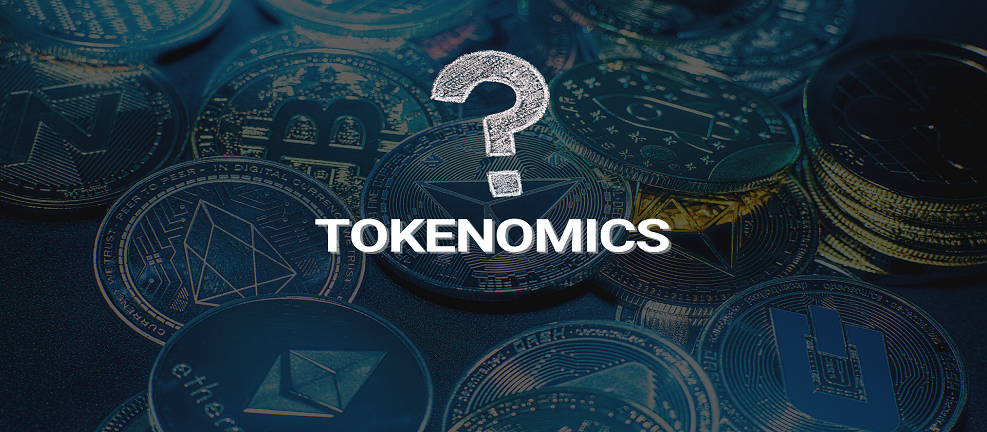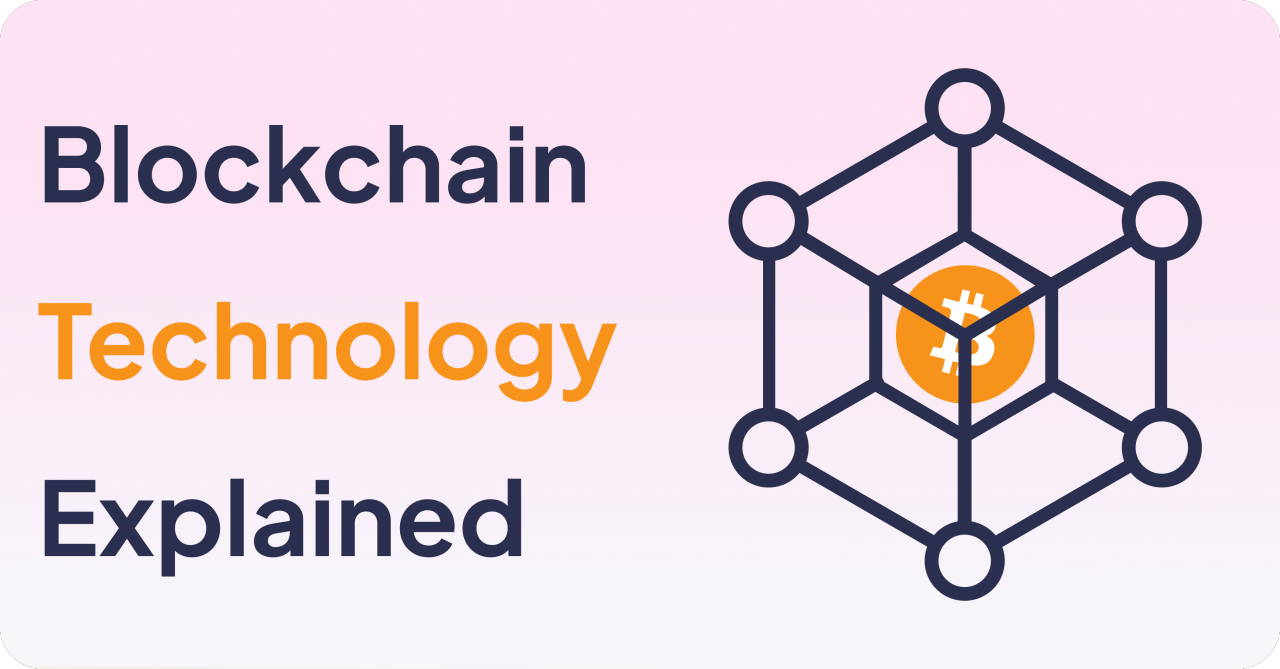What Is Tokenomics and Why Is It Important?
Token Economics plays a major part in the success of a crypto project. But what exactly does that term mean?
What Is a Token?
Cryptographic tokens are programmable assets or access rights, collectively managed by a smart contract on distributed ledger such as a blockchain network. In cryptocurrency, tokens represent virtual currency that is fungible and tradable assets. Simply put, a token is another word for cryptocurrency.
What is Token Economics?
Token economics, aka tokenomics, refers to all the elements that provide value to a particular cryptocurrency and make it attractive to investors. They include factors such as the incentives that come as the foundation for its supply or distribution, how crypto derives its utility, and the supply side influence on the demand. In other words, it is about how token distribution work in the crypto markets.
Tokenomics is an important concept in cryptocurrency projects because a project that has a well-designed incentive to attract investors to stay invested in the tokens for the long term is likely to do better than a project that hasn't built a token ecosystem or built it badly. When launching a crypto project, the founders need to consider the token economics of their native cryptocurrency closely if they want their project to generate higher demand, attract investors, boost prices, and be successful in the market.
Popular Token Economic Models
-
Deflationary Model - This is a token economic model that stipulates a cap on the maximum number of tokens that can ever be created, In this mechanism, the demand for tokens can increase but its supply may not follow the same trend. Examples include BTC, LTC, BCH
-
Inflationary Model - The typical supply-demand theory is followed in this model, which does not have a limiting cap on the maximum number of tokens that can be created. This model has various forms including some token that limits token creation on an annual basis, and some setting the supply based on supply-demand dynamics. Examples of ETH, DOT, SOL
-
Dual-Token Model - This token economic model combines two diverse tokens, generally a store-of-value token - any asset that would normally retain its purchasing power into the future- along with a utility token - a crypto asset, typically issued during an initial coin offering (ICO). This model gives the investors the combined benefits of both types of tokens. Examples are VET & VTHO, NEO & GAS, ONT & ONG
-
Asset-backed Model – These tokens, popularly known as stablecoins, peg the value of the token to the token’s underlying assets, similar to Asset-Backed securities like mutual funds, derivatives, etc., in traditional markets. These models can have gold or the US Dollar as underlying assets. Examples are PAXG, USDT, USDC
Core Features of Tokenomics
The structure of a cryptocurrency’s economy influences how the incentives can encourage investors to buy and hold a specific coin or token. Just like how fiat currencies are all different and governed by the monetary policy of the central banks and governments, each cryptocurrency has its own monetary policy formulated by the crypto developers. Supply and demand have a huge impact on price, and the cryptos that get better incentives can rise in value.
We will go over some of the key variable elements that influence the tokenomics:
-
Crypto Mining and staking – Mining - Proof of Work (PoW) - is the process of giving out incentives to miners as a reward for validating the transactions of cryptos like Ethereum 1.0 and Bitcoin, by spending a lot of computing power. of computers to validate transactions of blockchains, like Ethereum 1.0 and Bitcoin. Staking is the process of using a Proof of Stake (PoS) consensus mechanism to validate a transaction, which can be performed by validators or stakers who have purchased and locked away their investment. They are rewarded with new coins for staking and verifying the new blocks. The blockchains like Tezos operate follows this protocol and Etherium 2.0 will be moving to this.
-
Coin Yields – Decentralized finance (DeFi) platforms attract investors to buy and stake tokens by offering relatively high yields. Tokens are staked in huge pools of cryptocurrencies to facilitate lending and exchanging tokens on crypto exchanges and lending platforms. New tokens are issued to compensate for the yields on the coins staked by investors.
-
Token burns – Some blockchains or protocols adopt the method of burning tokens that permanently remove them from circulation to reduce the supply of coins in circulation. The typical supply and demand theory comes into play whereby the reduced supply will boost its demand.
-
Controlling crypto supply – The core of Tokenomics is to determine a token’s maximum supply. Bitcoin, for instance, has put a cap on the maximum number of coins that can ever be mined to never cross 21 million coins, with the last coin planned to be released around the year 2140. In contrast, Ethereum has no such lifetime maximum limit, although its issuance each year has a cap.
-
Vesting periods for certain tokens – Like in the case of ESOP, the distribution of some cryptos are structured in such a way that a certain number of tokens are kept aside by founders for venture capitalists or developers, but with a vesting period - the period before its expiry these coins cannot be sold. This has an impact on the total supply of the coin and a token’s price over time.
How is Tokenomics Decided?
All of these tokenomics decisions are made at the protocol level and embedded into a particular cryptocurrency’s computer code by its founding developers. Before a cryptocurrency is released, the founders or developers of the cryptocurrency document what their new cryptocurrency will do, how it will work, and its distribution plans and strategy in the form of a white paper
Concluding Note
Blockchain, cryptos or coins, or tokens will be the next internet world, popularly called Web3. This opens up a lot of opportunities for businesses to launch their own cryptos on another blockchain platform that needs a token economics model, develop their own blockchain, or create a Non-Fungible Token (NFT), use the technologies in use cases like fintech, banking and finance, supply chain, and a lot more. It is highly difficult for small players to have such scarce and expensive talent on board. Platforms like Task as a Service (TaaS) are the best option for SMEs can consider for their modern technology needs including blockchain and cryptos.




